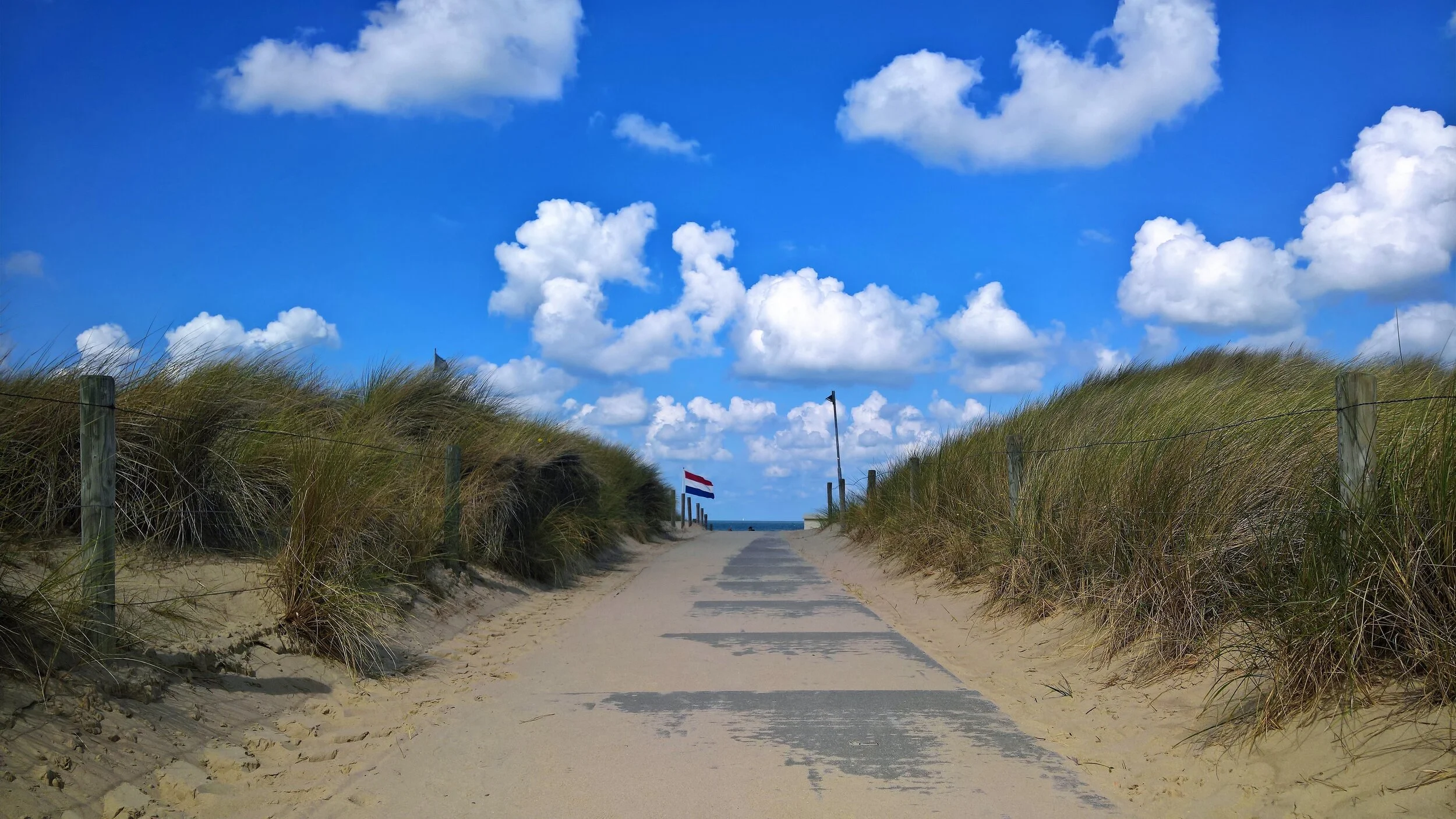Where the Dutch dismantled their dunes
Bergen in Noord Holland is a wonderful little town very close to the beach. Dutch artists in the nineteenth century discovered Bergen and founded an artist colony. The community, known as the Bergen School, propagated against the principles of impressionism as was very fashionable to do in that time and even published their own magazine. To this day, the town still has an artsy feel over it, with plenty art of galleries and a museum explaining about the school. It even has an art festival that lasts for 10 days.
At around 1900 Bergen had a very entrepreneurial major named Jacob van Rheenen. Besides major he was also the lord of Bergen (he inherited the impoverished estate from his father who bought on an auction from the previous lord) and treated it as his family property. He was on a mission to develop the town and bring it into the twentieth century. For this, he and his German wife looked at the sea. They saw the importance of people chilling at the beach and created a beach-town called Bergen aan Zee. In 1906 Bergen aan Zee got its first hotel and in 1909 a rail track was extended to the beach.
Art and history aside, what makes Bergen appealing is its natural surroundings and peacefulness, probably the main reasons the artists came in the first place. A walk from the main town to its appendix at the beach takes 1,5 hour and along the way you will pass through forest area, Dutch polders, old estates with beautiful gardens, and ultimately one of the prettiest pieces of beach in the Netherlands that (thankfully) retained a remarkable low-key character.
But the most memorable part during the walk are the dunes. Like most dunes in this area, they originated around 1000 AD and consist of sand from the coast that is transported and dropped by air thus creating small hills separating beach and inner land. Because they are made of sand, dunes follow the wind and are always in motion, an undesirable feature for modern densely populated Netherlands. To prevent this, the Dutch planted trees in the area to keep the sand in place thus making the dunes stationary.
The measures were quite effective which made some Dutch policy makers propose to remove some trees again to revert back to the original situation. Another example to help nature have her way is huge manmade gap (called the Kerf) in the dunes to let the sea break through the dunes during extreme weather. The images of bulldozers digging a gap in the dunes was briefly world news in 1997 and made CNN question whether the Dutch have gone mad and surrendering their country back to the sea.
Obviously the measure wasn’t meant to sacrifice the Netherlands to the sea gods but one of the first examples of introducing more dynamical and natural elements in the heavily artificial landscape of the west of Netherlands. The reason why it was done here was that the dunes around Bergen are the widest in the Netherlands stretching 5 kilometers deep inland.
The dune landscape is a national park called the Schoorlse Duinen and also contain the highest dunes in the country which makes for some unnatural dutch views.





